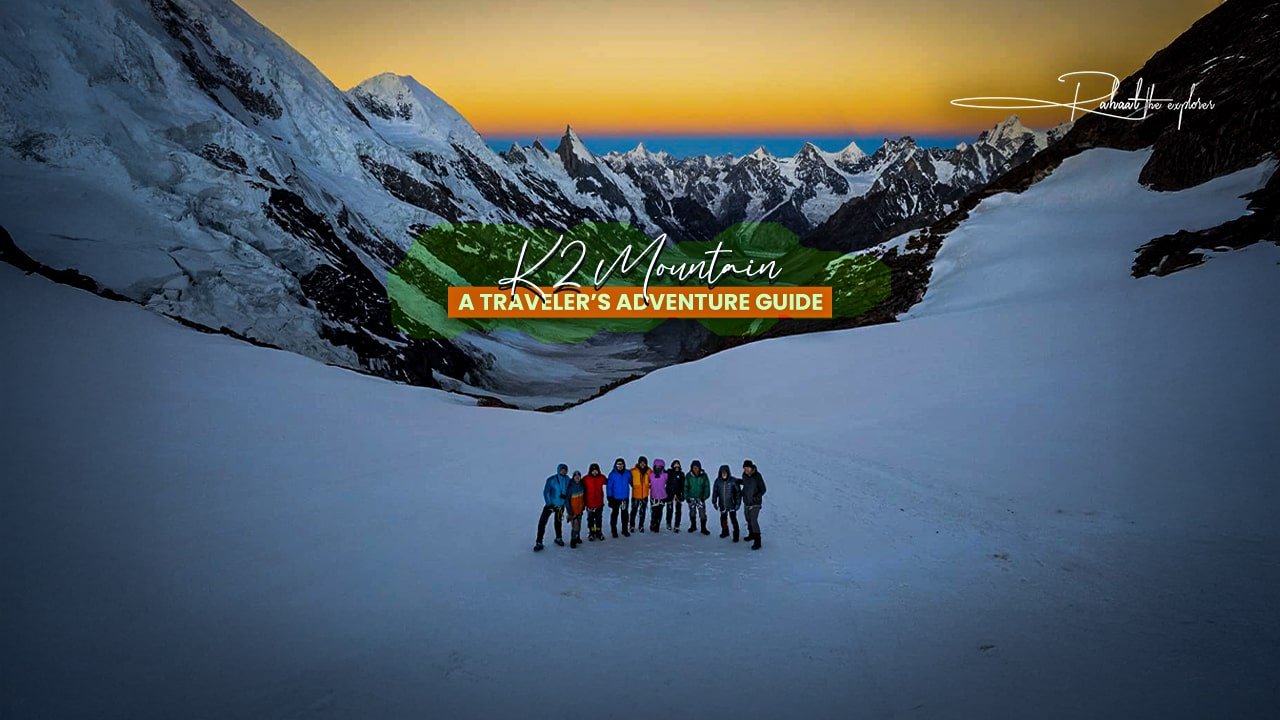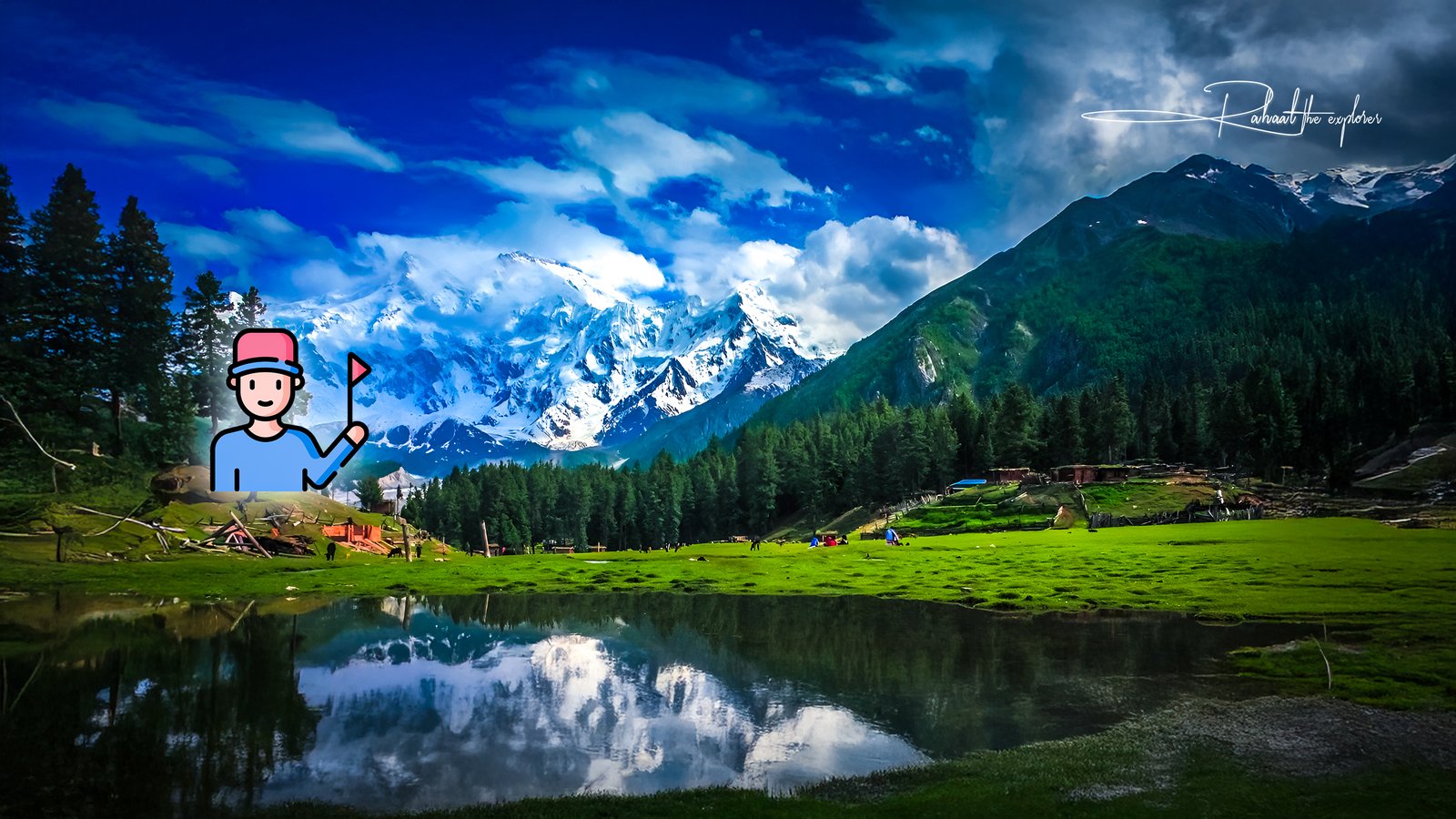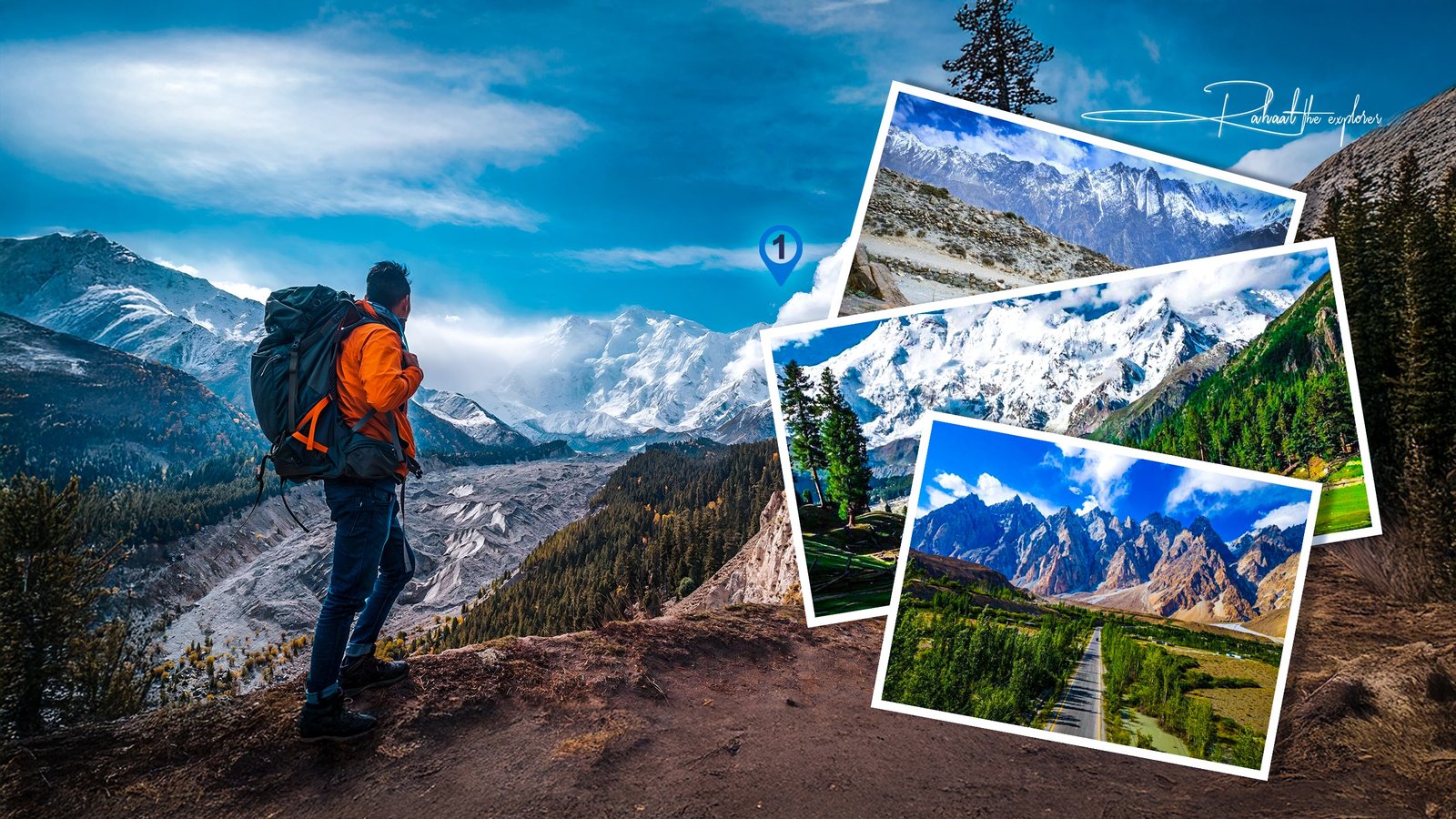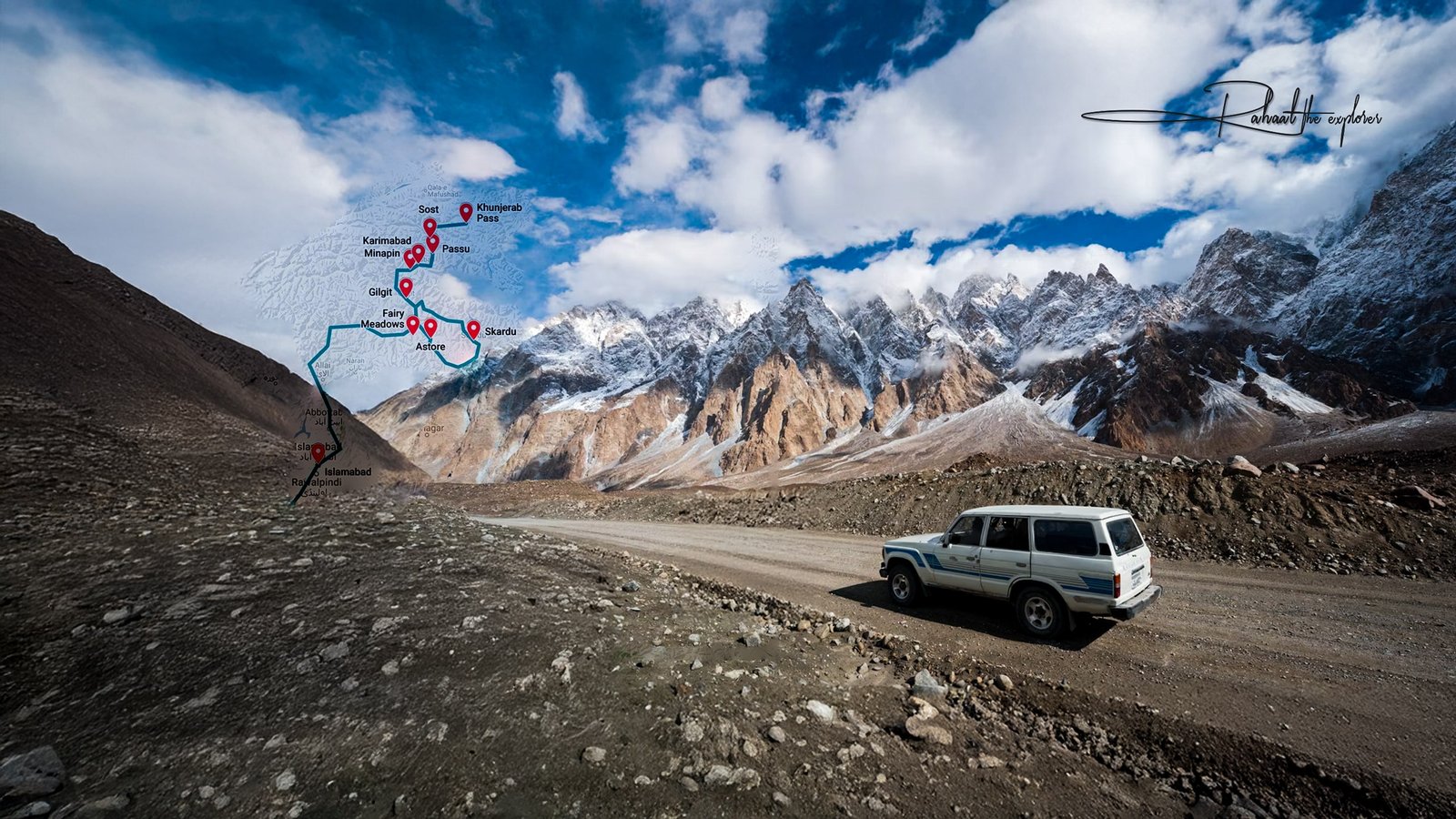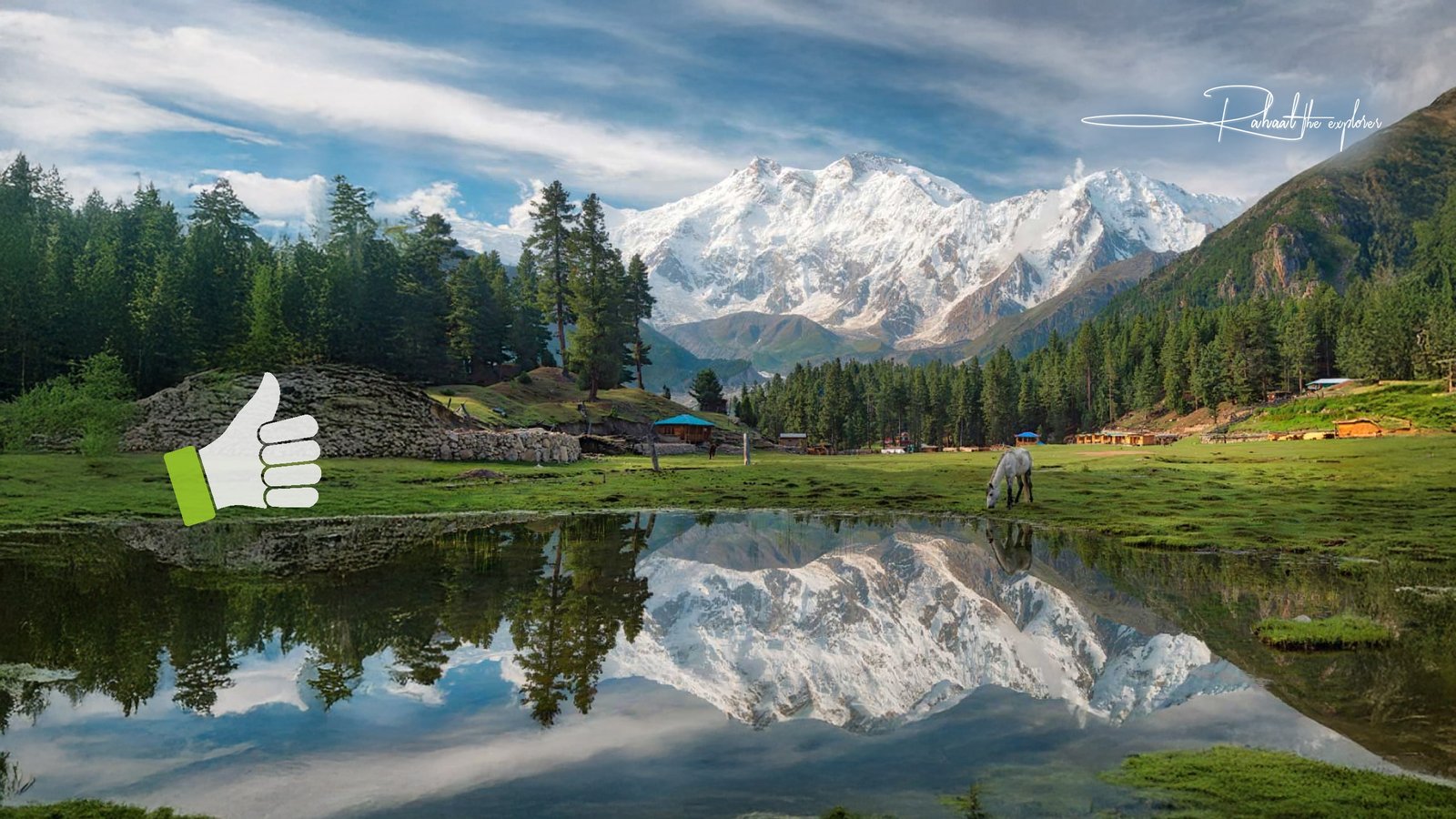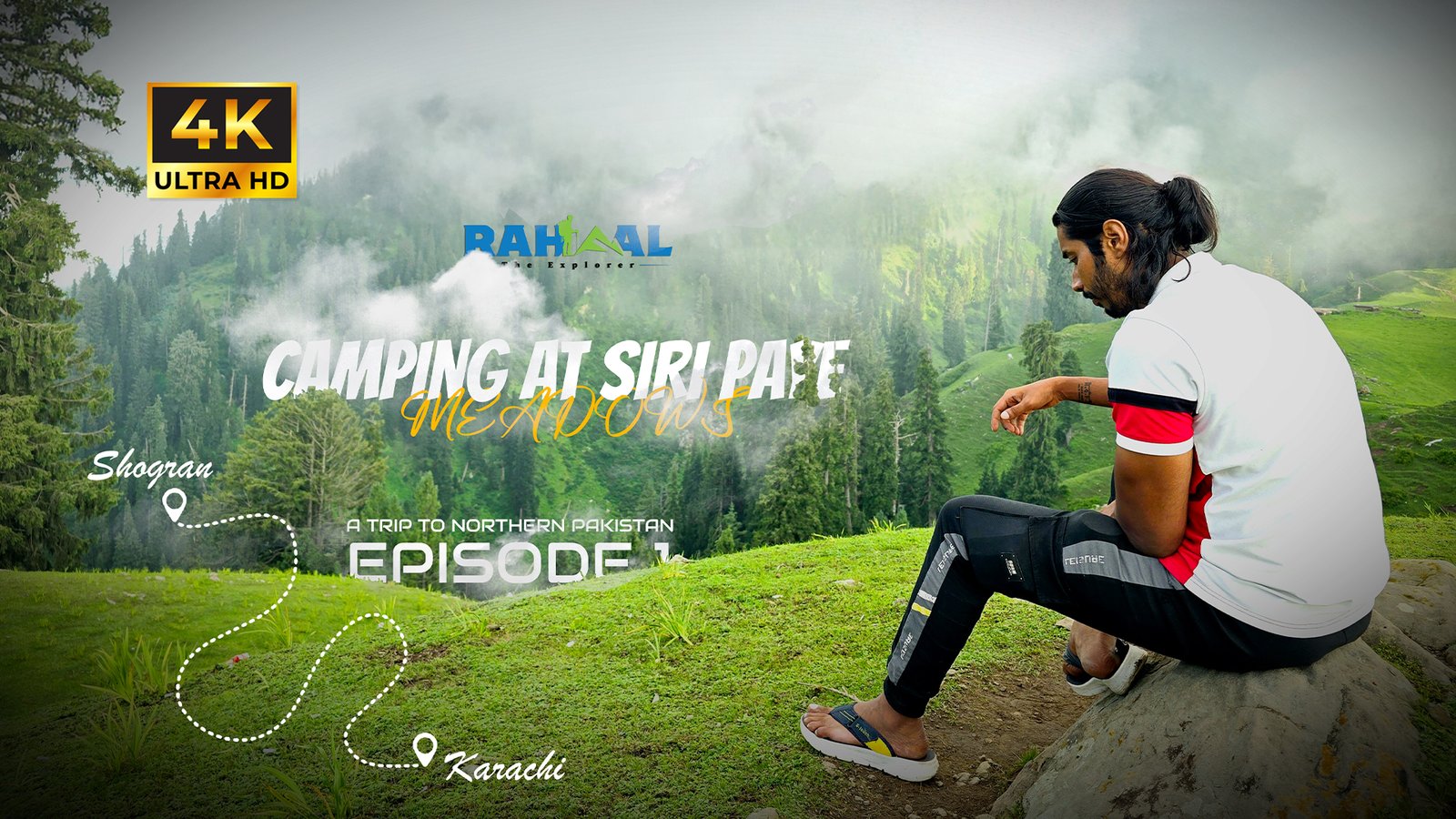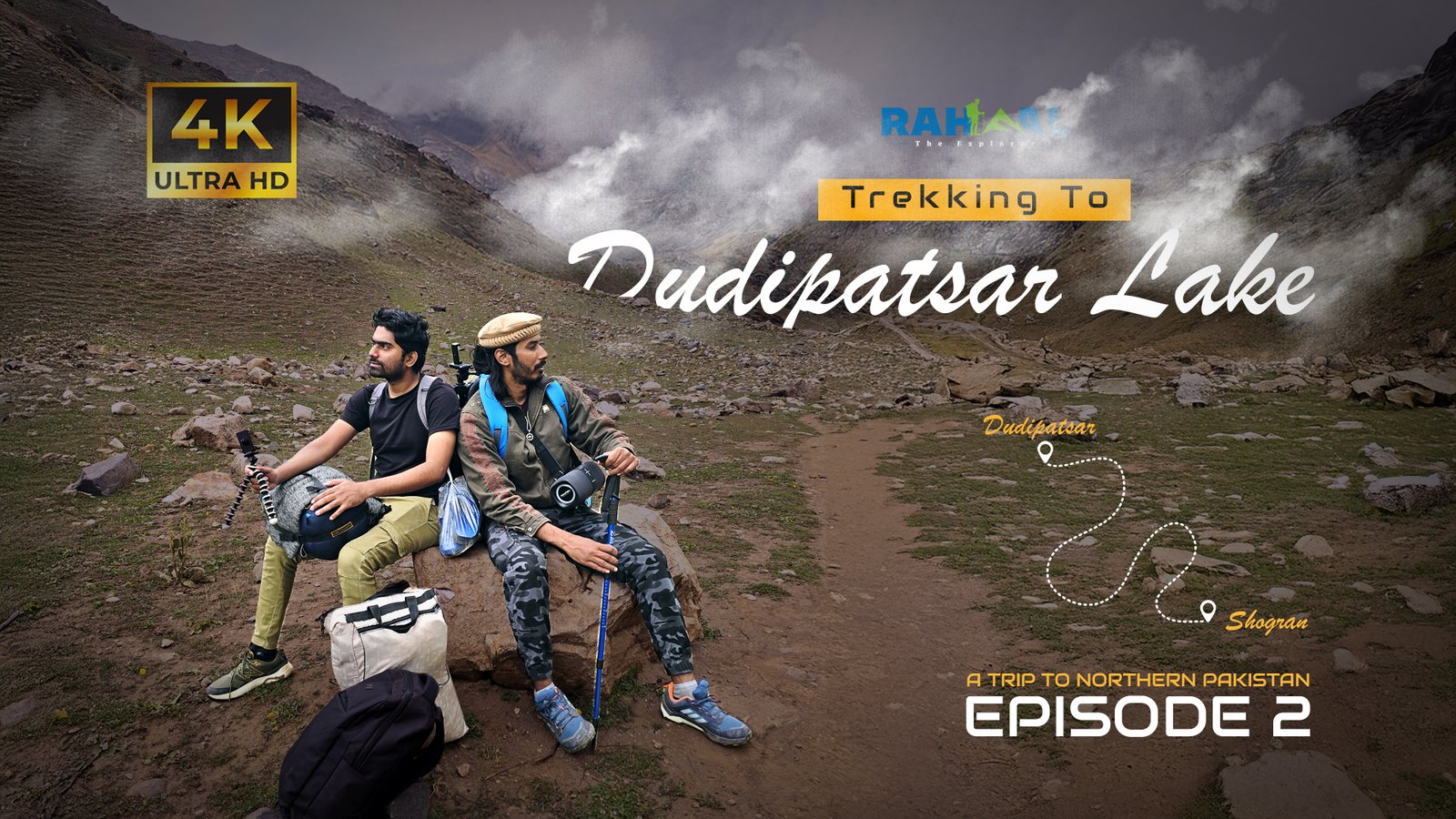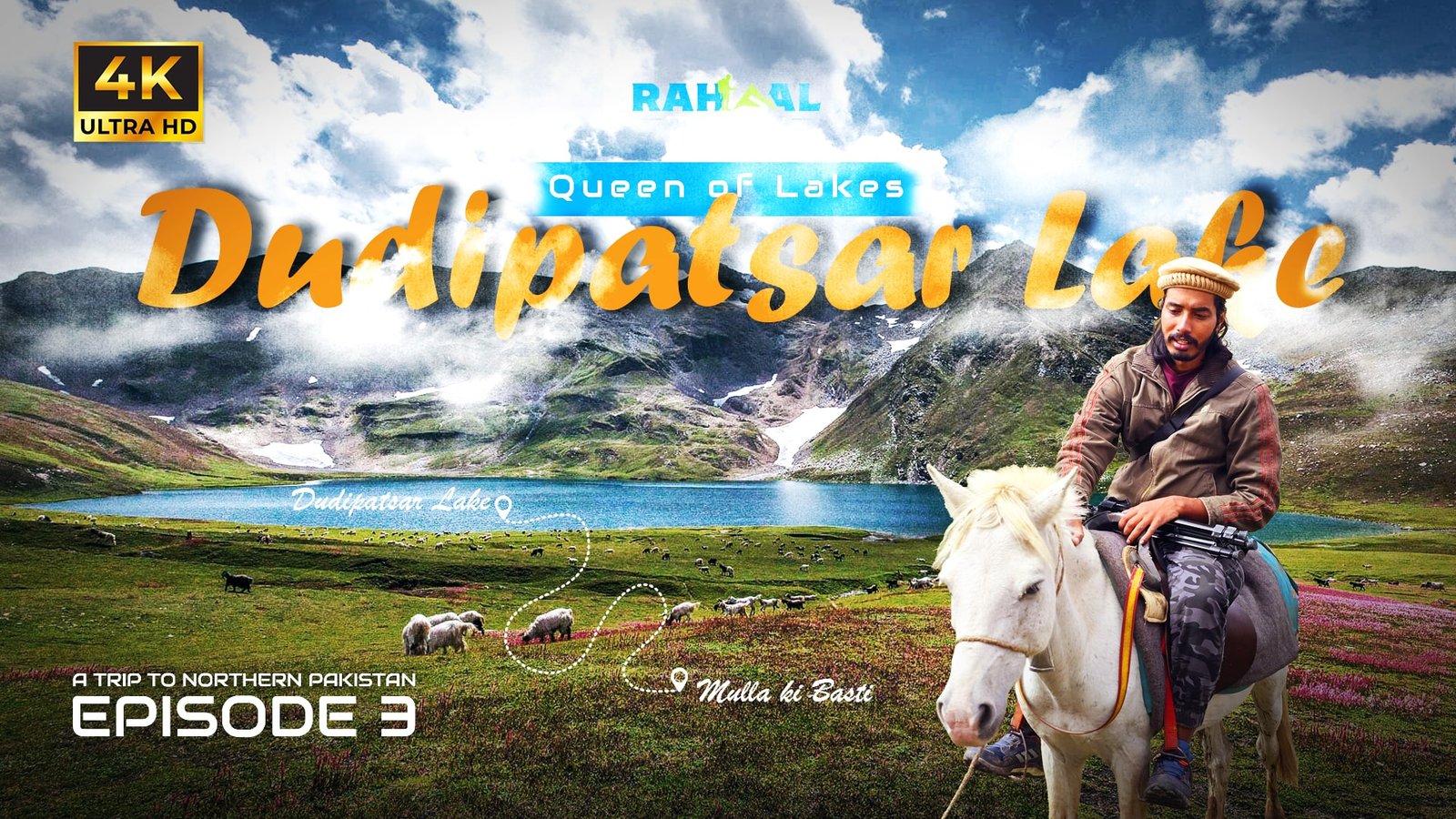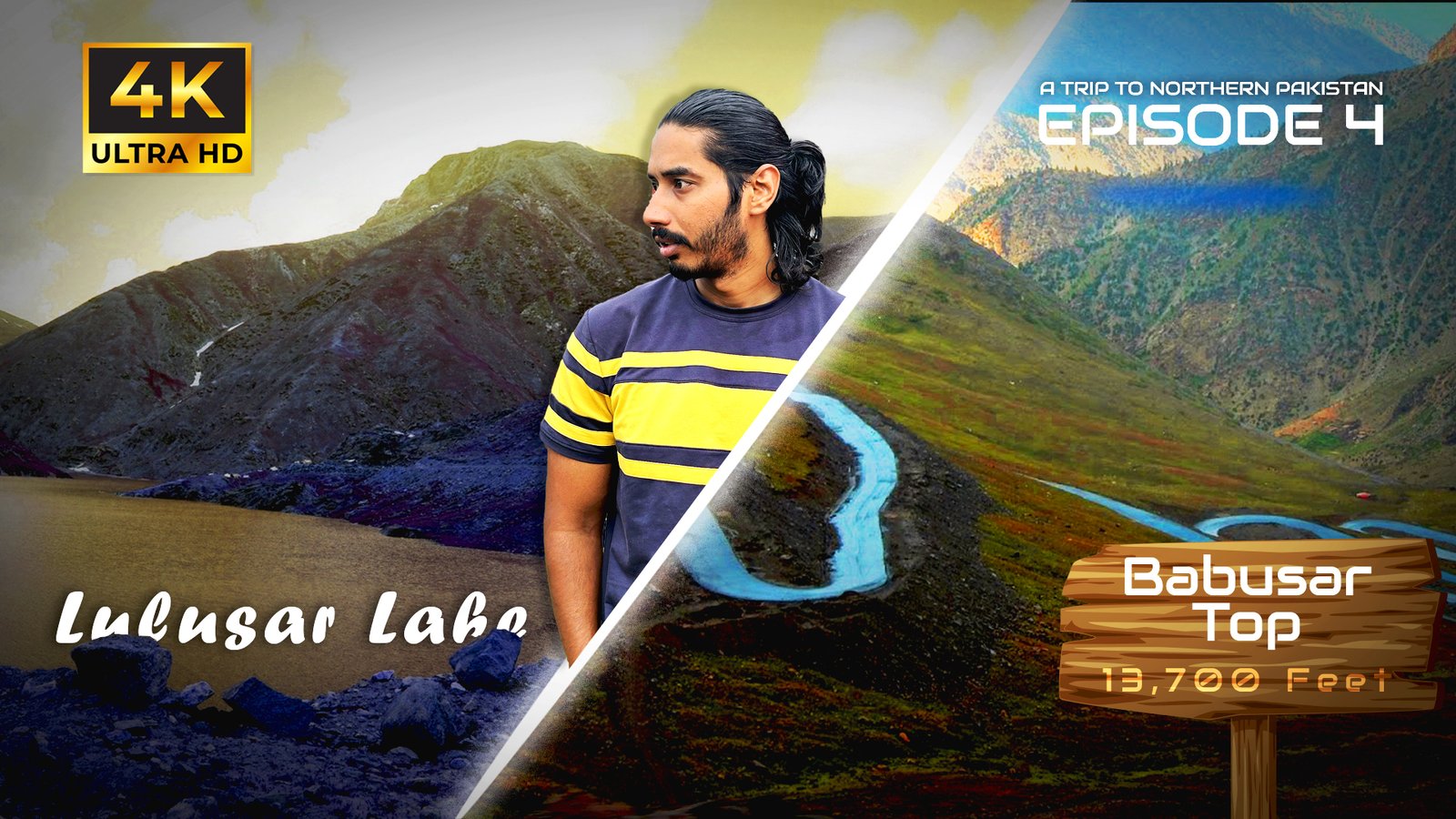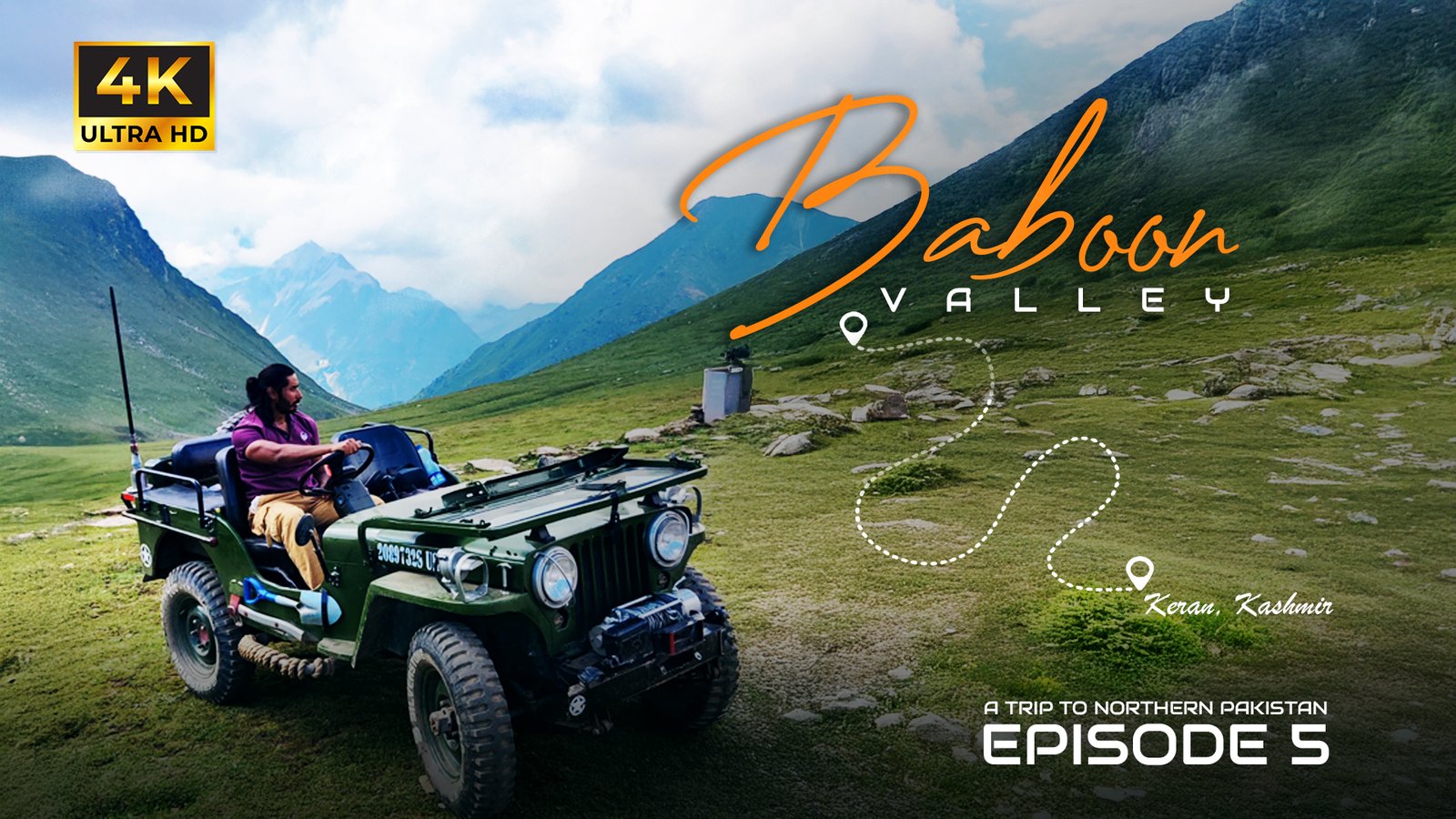Introduction
Rising proudly on the border of Pakistan and China, K2 Mountain is the second-highest peak in the world, standing at an awe-inspiring 8,611 meters (28,251 feet). Known as the “Savage Mountain” for its extreme conditions and technical difficulty, K2 is both a mountaineer’s dream and one of the greatest challenges in the climbing world.
But K2 isn’t just for elite climbers. The surrounding region offers breathtaking treks, cultural encounters, and some of the most dramatic landscapes on the planet. In this traveler’s guide, we’ll explore everything you need to know about K2 Mountain—from its history and geography to trekking routes, travel tips, and FAQs.
The Legacy of K2 Mountain
K2 was first surveyed in 1856 by British surveyor Thomas Montgomerie, who labeled it “K2” as the second peak of the Karakoram Range. Unlike Mount Everest, which was later named after Sir George Everest, K2 kept its survey name, which has now become legendary.
It has been called many names:
- Chhogori in Balti, meaning “King of Mountains.”
- Mount Godwin-Austen after Henry Godwin-Austen, who explored the region.
Simply K2, the symbol of untamed wilderness.
K2’s reputation is built not only on its height but also on its unforgiving conditions. Its steep slopes, unpredictable weather, and remote location make it one of the most difficult mountains to conquer.
Geography and Location
K2 is part of the Karakoram Range, a subrange of the Himalayas, straddling the border between Gilgit-Baltistan in Pakistan and China’s Xinjiang region. Unlike Everest, which has teahouses and lodges along trekking routes, K2 lies in a far more remote and rugged environment.
The nearest town, Skardu, serves as the gateway to K2 expeditions. From there, adventurers embark on multi-day treks across glaciers, valleys, and high-altitude passes to reach the mountain’s base.
Why is K2 Mountain Famous?
- Second-Highest Peak in the World: Only Mount Everest is taller.
- The Savage Mountain: Its difficulty and death rate (about 25% historically) make it infamous among climbers.
- Scenic Beauty: Surrounded by giants like Broad Peak, Gasherbrum I & II, and the stunning Concordia campsite.
- Remote Trekking Experience: Unlike Everest Base Camp, which is highly commercialized, K2 treks offer raw, untouched adventure.
- Cultural Encounters: Meet the resilient Balti people, whose traditions have been shaped by life in the Karakoram.
Climbing History of K2 Mountain
1902: First serious expedition led by Oscar Eckenstein; unsuccessful.
- 1939: U.S. expedition led by Fritz Wiessner reached close to the summit but turned back.
- 1954: The first successful ascent by Italians Lino Lacedelli and Achille Compagnoni.
- 1986: Known as the “Black Summer,” 13 climbers perished, highlighting the risks of the mountain.
- 2021: Nepalese team made history by summiting K2 in winter—the first-ever successful winter ascent.
These milestones cement K2 as one of the greatest climbing challenges on Earth.
Trekking to K2 Base Camp
While summiting K2 is reserved for elite climbers, trekking to K2 Base Camp is an achievable dream for adventurers.
Route Highlights
- Skardu: The starting point, with breathtaking views of the Indus River.
- Askole Village: Last inhabited settlement before the trek.
- Baltoro Glacier: A massive 63 km glacier, one of the longest outside the polar regions.
- Concordia: Known as the “throne room of the gods,” this is where multiple giants converge, offering jaw-dropping views.
- K2 Base Camp: The ultimate reward—standing at the foot of the Savage Mountain.
Trekking Duration
- 14–20 days depending on pace, weather, and itinerary.
Difficulty Level
- Challenging: Requires physical fitness and acclimatization to high altitudes.
Best Time to Visit K2 Mountain
- Summer (June – August): Best season for trekking and climbing. Clearer weather, though conditions are still unpredictable.
- Winter (December – February): Extreme cold and dangerous conditions—only for the most experienced mountaineers.
- Spring and Autumn: Less common for expeditions due to harsh weather.
For most travelers, July and August are the best months for trekking.
Preparing for Your Journey
Fitness and Training
- The trek to K2 Base Camp is demanding. Prepare with:
- Cardiovascular training (running, cycling, hiking).
- Strength workouts for legs and core.
- High-altitude conditioning if possible.
Packing Essentials
- Waterproof trekking boots.
- Layered clothing for temperature changes.
- Sleeping bag rated for sub-zero conditions.
- Trekking poles, gloves, and sunglasses.
- First aid kit and altitude sickness medication.
Permits and Regulations
- Trekking permits are required from the Government of Pakistan.
- Expeditions need special climbing permits and liaison officers.
- Travel insurance covering high-altitude trekking is essential.
The Culture Around K2
The region around K2 Mountain is home to the Balti people, whose culture is a blend of Tibetan and Islamic traditions. Visiting villages along the way provides a glimpse into their way of life, traditional foods, and warm hospitality.
Don’t miss:
- Balti Tea (Salted Butter Tea).
- Chapshuro (meat-filled bread).
- Local handicrafts made from wood and stone.
Challenges and Dangers of K2
K2 has earned its nickname “The Savage Mountain” for good reason:
- Harsh Weather: Sudden storms and avalanches.
- Technical Difficulty: Steep slopes, rockfalls, and ice walls.
- High Fatality Rate: Among the highest of any 8,000-meter peak.
- Isolation: Remote location makes rescue operations difficult.
For trekkers to base camp, risks are far lower but still include altitude sickness, glacier crossings, and extreme weather.
Photography at K2
K2 offers some of the most stunning photo opportunities on Earth. Popular spots include:
- Concordia Camp: Surrounded by multiple peaks.
- Baltoro Glacier: Towering ice formations.
- Golden Hour at K2 Base Camp: When the mountain glows orange with the sunrise.
FAQs About K2 Mountain
Q1: Is K2 harder to climb than Everest?
Yes. While Everest is higher, K2 is technically more difficult with harsher weather conditions.
Q2: Can beginners trek to K2 Base Camp?
Yes, but good fitness and preparation are required. It’s a challenging trek, not a technical climb.
Q3: How long does it take to climb K2?
Expeditions typically take 6–8 weeks, including acclimatization.
Q4: What is the death rate on K2?
Historically around 25%, though modern gear and expertise have improved safety.
Q5: Can you see K2 from Skardu?
No, K2 is too far and hidden by other peaks. You must trek toward Concordia to see it.
Q6: Is K2 in Pakistan or China?
K2 lies on the Pakistan-China border, but most expeditions and treks are accessed from Pakistan.
Q7: What makes the K2 Base Camp trek unique?
Unlike Everest Base Camp, K2 is less crowded, more remote, and surrounded by several 8,000-meter peaks, making it incredibly scenic.
Conclusion
The mighty K2 Mountain is more than just a peak—it’s a symbol of resilience, adventure, and natural beauty. Whether you dream of standing at its base, capturing its grandeur through your camera lens, or learning about its legendary climbing history, K2 offers an unparalleled experience.
For seasoned mountaineers, it remains the ultimate challenge. For trekkers and travelers, it’s a chance to immerse in untouched wilderness and experience the raw magic of the Karakoram.
So, if adventure runs through your veins, add K2 Mountain to your travel bucket list. Standing before the “Savage Mountain” is not just a journey—it’s a life-changing experience.


